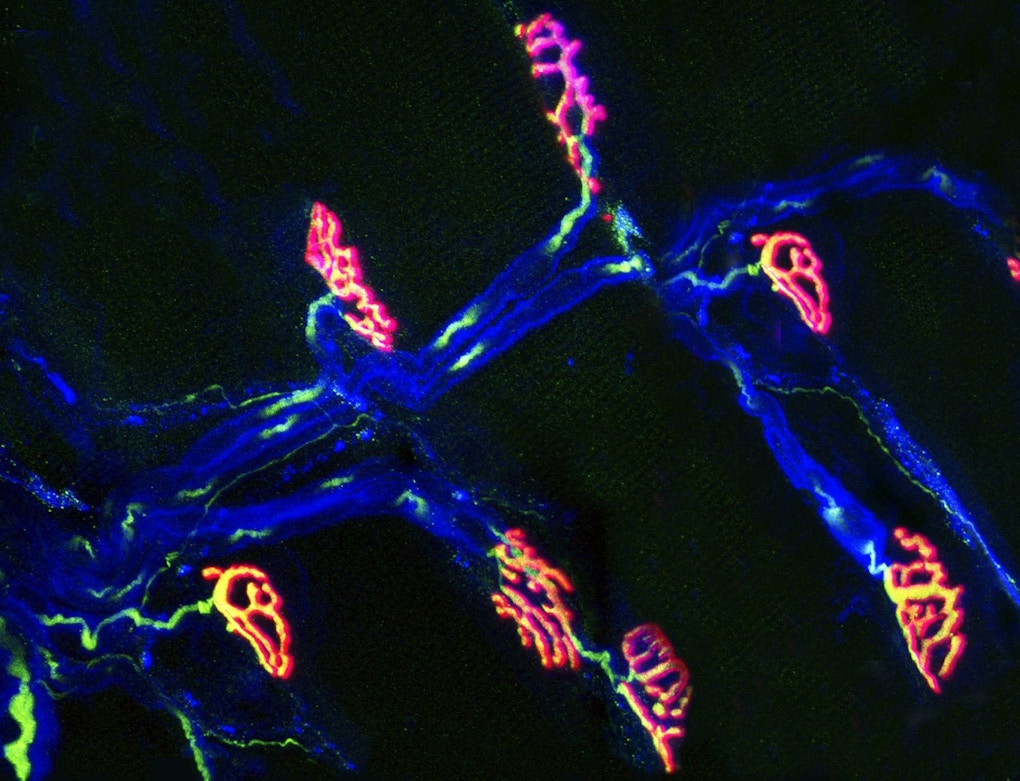
The Simons Foundation Autism Research Initiative (SFARI) is pleased to announce that it intends to fund 17 grants in response to the 2021 Pilot Award request for applications (RFA).
SFARI plans to commit approximately $5 million in funding over the next two years to 20 investigators from the United States and internationally.
The goal of the Pilot Award program is to provide early support for exploratory ideas, particularly those with novel hypotheses, that have the potential to yield transformative results in autism spectrum disorder (ASD) research. The research projects funded in this cycle will focus on a variety of different topics, including epigenetic mechanisms perturbed in ASD, the neural basis of atypical sensory perception and integration in ASD, as well as new devices for the detection of neuromodulators that play key roles in regulating social behaviors.
“On behalf of SFARI, I’d like to congratulate all of the investigators who’ve received these awards,” says Kelsey Martin, director of SFARI and the Simons Foundation Neuroscience Collaborations. “We are pleased that we are able to fund a significant number of potentially transformative projects and think they will lead to important new discoveries that can advance our understanding of autism.”
Applications for Pilot Awards are now reviewed on an annual basis. The next Pilot Award RFA (2022) is expected to open in January 2022.
The projects that SFARI intends to fund in this cycle include:
Hiroki Asari, Ph.D. (European Molecular Biology Laboratory)
Anomalous visual integration in mouse models of autism
Steve Chang, Ph.D. , Anirvan Nandy, Ph.D. and Monika Jadi, Ph.D. (Yale University)
Enhancing reciprocal cooperation through prefrontal microstimulation
Ype Elgersma, Ph.D. (Erasmus University Medical Center)
UBE3A regulation of the nuclear proteasome
Gordon Fishell, Ph.D. (Harvard Medical School)
Identifying the epigenetic vulnerability of neurodevelopment
John Flanagan, Ph.D. (Harvard Medical School)
Elucidating how the autism risk gene CPEB4 regulates cortical neuron development
Bilal Haider, Ph.D. (Georgia Institute of Technology)
Tracking sensory signals across multiple cortical areas during impaired sensory perception in Cntnap2 knockout mice
Justus Kebschull, Ph.D. (Johns Hopkins University School of Medicine)
Identifying convergent autism wiring defects using single-cell comparative connectomics
Markita Landry, Ph.D. (University of California, Berkeley)
Generating fluorescent near-infrared nanosensors to image oxytocin in the brain
Charles H. Langley, Ph.D. (University of California, Davis) and Gary Karpen, Ph.D. (University of California, Berkeley)
Genomic variation in centromeric proximal regions and risk of autism
Howard Lipshitz, Ph.D. (University of Toronto)
RNA-binding proteins in autism
Jenna McHenry, Ph.D. (Duke University)
Illuminating socially-modulated homeostatic control circuits in the mouse
Lin Mei, M.D., Ph.D. (Case Western Reserve University School of Medicine)
Neuromuscular mechanisms of motor impairments associated with autism
Adi Mizrahi, Ph.D. (The Hebrew University of Jerusalem)
The role of cortical feedback during auditory perception in a mouse model of autism
Lucia Peixoto, Ph.D. (Washington State University)
Understanding insomnia in the autism spectrum using mouse models
Matthias Stadtfeld, Ph.D. (Weill Cornell Medicine)
Modeling deficiencies in the chromatin modifying enzyme EHMT1 during human neurogenesis using multipurpose degron alleles
Stefan Strack, Ph.D. (University of Iowa)
Molecular signatures and reversibility in mouse models of Jordan’s syndrome
Kevin Yackle, M.D., Ph.D. (University of California, San Francisco)
The impact of autism gene mutations on vocalization neural circuits
- Updates to SFARI’s 2021 requests for grant applications
- 2021 Genomics of ASD: Pathways to Genetic Therapies awardees announced
- 2021 SFARI Human Cognitive and Behavioral Science awardees announced
- SFARI announces the awardees of the supplemental funding for studies of maternal COVID-19 as a potential risk for autism
- 2020 SFARI Collaboration on Sex Differences in Autism awardees announced
- SFARI 2020 Director Awards announced


